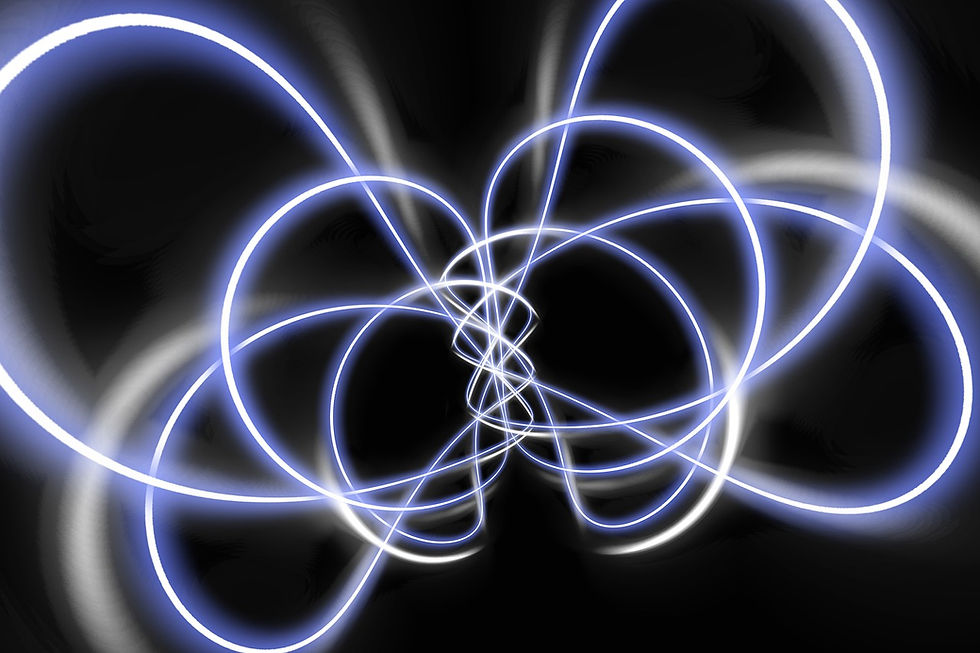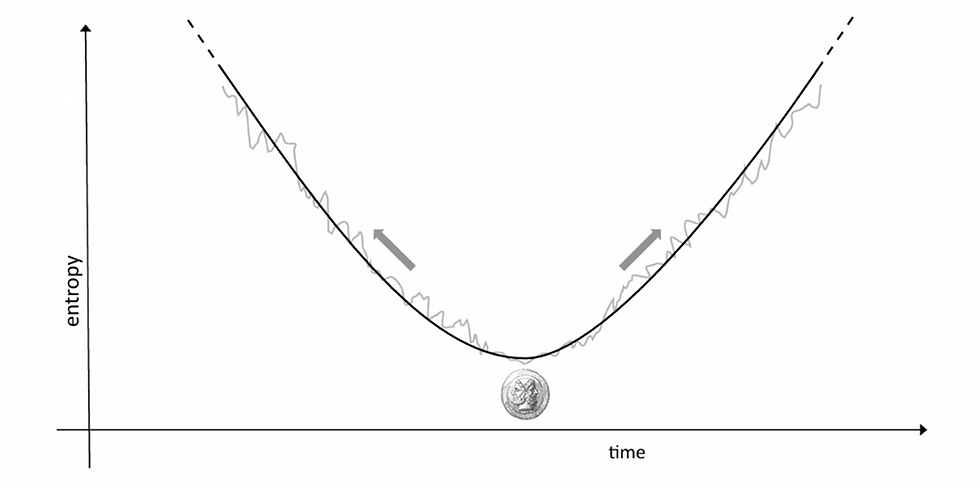A Journey Through String Theory And Recent Developments
- JYP Admin

- Jul 21, 2023
- 3 min read
Updated: Oct 8, 2023
Author: Riddhiman Bhattacharya

Abstract
This paper explores the fascinating evolution of string theory, from its origins as a novel approach known as ”bootstrap models” in relativistic particle physics to its current status as a candidate theory of quantum gravity. The bootstrap models sought self-consistent equations that described the scattering of diverse collections of an indeterminate number of particle types, aiming to predict the properties of particles through matching with experimental data. However, this approach encountered significant challenges and faced limited success. In 1968, Gabriele Veneziano successfully developed an infinite spectrum of integer-spin particles with a linear Regge trajectory using the ”narrow resonance” approximation within the bootstrap model. This led to the well-known Veneziano amplitude, describing two-particle scattering. Subsequently, Miguel Virasoro proposed an alternative two-particle scattering amplitude, termed the Virasoro-Shapiro amplitude, and introduced a massless particle with helicity h = ±2 instead of h = ±1.
By the early 1970s, the models proposed by Veneziano and Virasoro converged into a novel class of relativistic quantum theory known as string theory. The central concept of string theory posits that the fundamental entities possess one-dimensional extension, unlike the
point-like nature of particles in Quantum Field Theory (QFT). The quantization of the energy levels of the oscillatory modes of the string gives rise to particle spectra featuring linear Regge trajectories.
However, the new theory encountered significant challenges, particularly the requirement of 26 dimensions for Poincare symmetry to be respected, leading to the consideration of compactification of extra dimensions to resolve this issue. String theory witnessed further advancements with the incorporation of fermions and the discovery of
dualities between different string theories.
The paper discusses the search for a physical theory that explains the scattering amplitude and particle spectrum observed in string theory and the exploration of compactifications, leading to four-dimensional theories with four supercharges. Furthermore, the paper delves into the string theory landscape, which encompasses a vast number of possible Calabi-Yau compactifications, and the concept of the swampland, comprising theories that cannot arise from string theory compactifications.
Read online
Please click here to read this article online.
Download PDF
References
[1] V. Bargmann. Irreducible unitary representations of the Lorentz group. Annals of Mathematics, 48(3):568–640, 1947.
[2] P. Candelas and et al. A pair of Calabi-Yau manifolds as an exactly soluble superconformal theory. Nuclear Physics B, 359:21–74, 1991.
[3] P. Candelas and et al. Mirror symmetry. Nuclear Physics B, 387:3–32, 1992.
[4] Frederik Denef and Mina Aganagic. On the geometry of the string landscape and the swampland. 2007.
[5] A. Einstein. On the electrodynamics of moving bodies. Annalen der Physik, 1905.
[6] H. A. Lorentz. Electromagnetic phenomena in a system moving with any velocity smaller than that of light. Proceedings of the Royal Netherlands Academy of Arts and Sciences, 1892.
[7] Lewis H. Ryder. Quantum Field Theory. Cambridge University Press, 1996.
[8] C. Vafa. Evidence for f-theory. Nuclear Physics B, 469:403–418, 1996.
[9] Cumrun Vafa. The string landscape and the swampland. 2005.
[10] Gabriele Veneziano. Construction of a crossing-symmetric, Regge-behaved amplitude for linearly rising trajectories. Il Nuovo Cimento A, 57(1):190–197, 1968.
[11] Miguel A. Virasoro. Subsidiary conditions and ghosts in dual-resonance models. Physical Review D, 1(10):2933–2936, 1970.
[12] Steven Weinberg. Ultraviolet divergences in quantum theories of gravitation. pages 790–831, 1979.
[13] Steven Weinberg. The Quantum Theory of Fields: Volume 1. Cambridge University Press, 1995.
[14] E. P. Wigner. On unitary representations of the inhomogeneous Lorentz group. Annals of Mathematics, 40(1):149–204, 1939.
[15] Eugene P. Wigner. On unitary representations of the inhomogeneous Lorentz group. Annals of Mathematics, 40(1):149–204, 1939.
[16] E. Witten. String theory dynamics in various dimensions. Nuclear Physics B, 443:85–126, 1995.

.png)




Comments